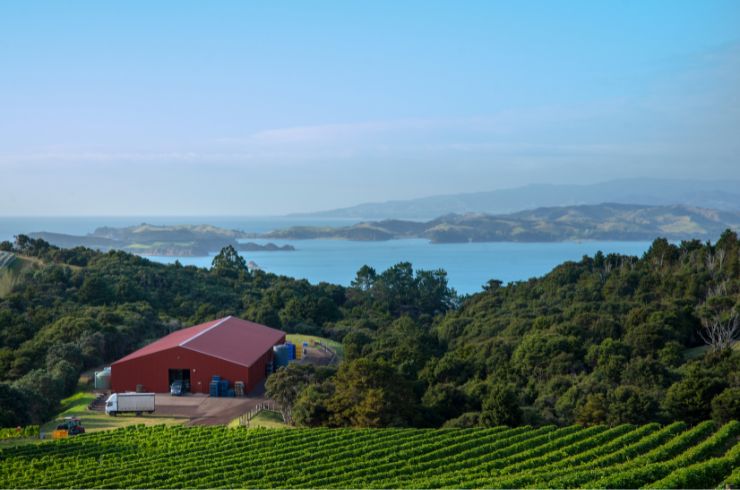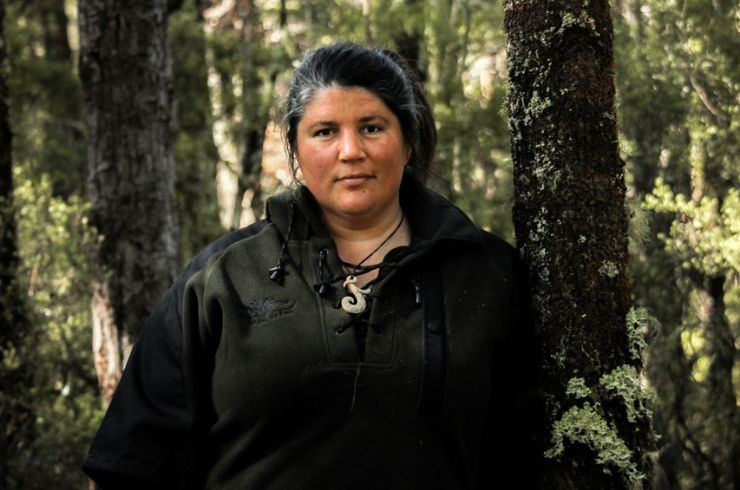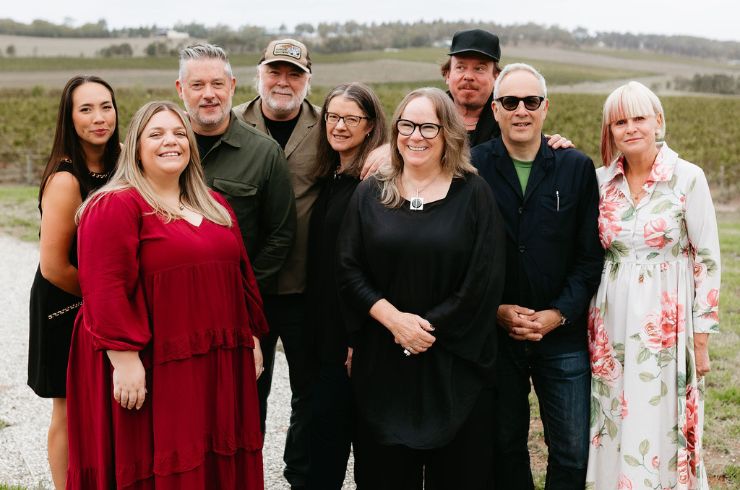Winemakers often get bogged down in the technical. Baumé levels, fermentation vessels, ABV. It’s why Mrs Nathalie Vranken, co-owner of Champagne house Vranken-Pommery, doesn’t feel like she’s part of the “wine galaxy.”
“Champagne is an emotion,” she says in her perfect French-accented English. “It's promise and expectation. It's a marker of moments, of happiness, or even sadness – it doesn't matter. It's a marker.
“We are selling that emotion. If you have a beautiful connection once, you will be faithful to that brand, because you'll want to have that beautiful moment back in your life.”
Paris-born Mrs Vranken studied history at La Sorbonne before founding her own image and communications agency, Nico, at just 22. She went on to become director of the Montaigne Committee, an association of all the luxury retailers on Avenue Montaigne in the French capital. It was here, at 27, that she met her husband, Paul-François Vranken, and discovered the world of Champagne.

It's hard not to draw parallels between Mrs Vranken and Champagne Pommery’s founder, Madame Jeanne-Alexandrine Louise Pommery. Madame Pommery took control of the Champagne house in 1858 after the death of her husband, and over the next 30 years would turn what was a modest business into the largest and most prosperous of all Champagne houses.
Among her many and varied achievements, Madame Pommery added the finest vineyards in Champagne to the estate, and pioneered the use of underground limestone and chalk pits (crayères) as cellars, even going so far as to commission sculptor Gustave Navlet to carve a scene showing Dionysus, Ancient Greek god of the grape harvest, into the walls.
But perhaps most famously, Madame Pommery was responsible for the creation of brut (dry) Champagne in 1874. “Still today, there is no other house using a recipe other than hers,” says Mrs Vranken. “She created the brut [style], and we are all still working from her recipe.”
Like Madame Pommery’s, art is a huge part of Mrs Vranken's life (“It's part of me. It's who I am,” she says) and she has worked tirelessly to further Pommery’s connection with the art world, founding the Vranken-Pommery Foundation for Contemporary Art, the Expérience Pommery art fair which has run annually at the domaine since 2003, and sponsoring London’s Frieze Art Fair. As well as storing millions of bottles of Champagne, the domaine’s chalk caves host a rotating collection of contemporary artworks, overseen by Mrs Vranken.

Interestingly, Mrs Vranken doesn’t see Champagne as a form of art, although she acknowledges the connection. “For both, you need time, you need patience, you need support,” she says. “The winemaker is a creator, and we do create a masterpiece, but it’s not recognised as an art.”
The exception, perhaps, is Cuvée Louise – Pommery’s most prestigious cuvée. Named for Madame Pommery’s daughter, who ran Champagne Pommery with her husband, Guy de Polignac, after her mother’s death, it was first made in 1979 using grapes from seven grand cru terroirs. The most recent release, the 2005 Parcelles, uses grapes from three grand cru terroirs – Aÿ, Cramant and Avize – and retails in Australia for $380 per bottle.
Brilliant light gold in colour with a delicate bead, with floral notes of lime and hawthorn on the nose that lead into peach, pear and eventually butter, vanilla and toasted hazelnuts. As befits the Pommery house style, it’s a remarkably fresh and elegant Champagne.
“Champagne is an emotional moment,” Mrs Vranken reiterates. “It’s also very selfish – when you drink it, you drink it only for yourself.
“And you have to drink Champagne with joy,” she adds. “It’s why I call it a ‘bubble of happiness’.”
Become a Halliday member to unlock more than 150,000 tasting notes, exclusive content and other wine insights.
Latest Articles
-
From the tasting team
From Marlborough to Martinborough: a quick guide to New Zealand wine
1 day ago -
News
The heart of Aotearoa: How a connection to Māori culture and land shapes New Zealand wine
1 day ago -
Win
Win a stunning collection of Plumm glassware and wine, valued at over $500
11 Dec 2025 -
From the tasting team
The Aussie wines the Halliday Tasting Team will be opening this festive season
11 Dec 2025



